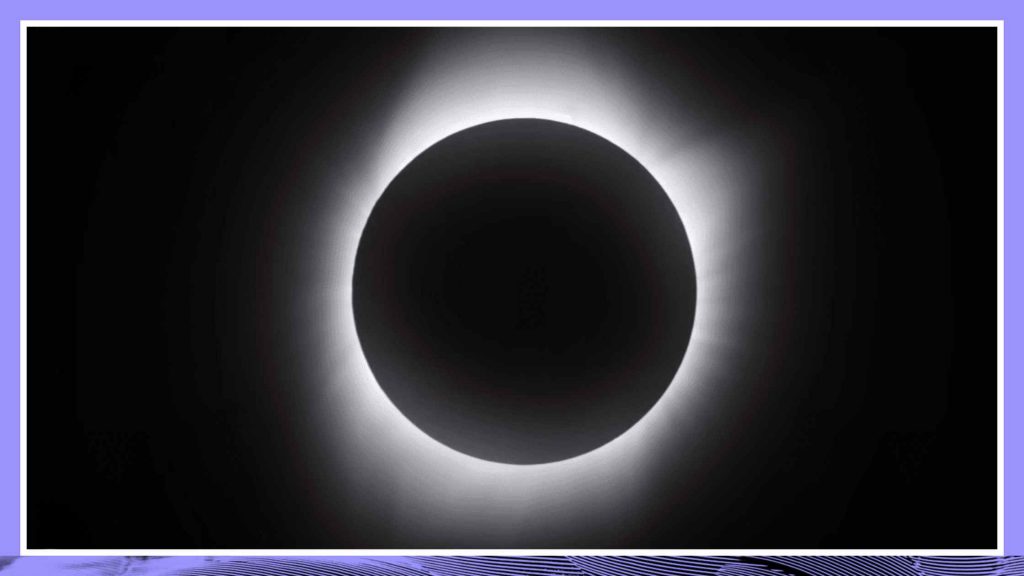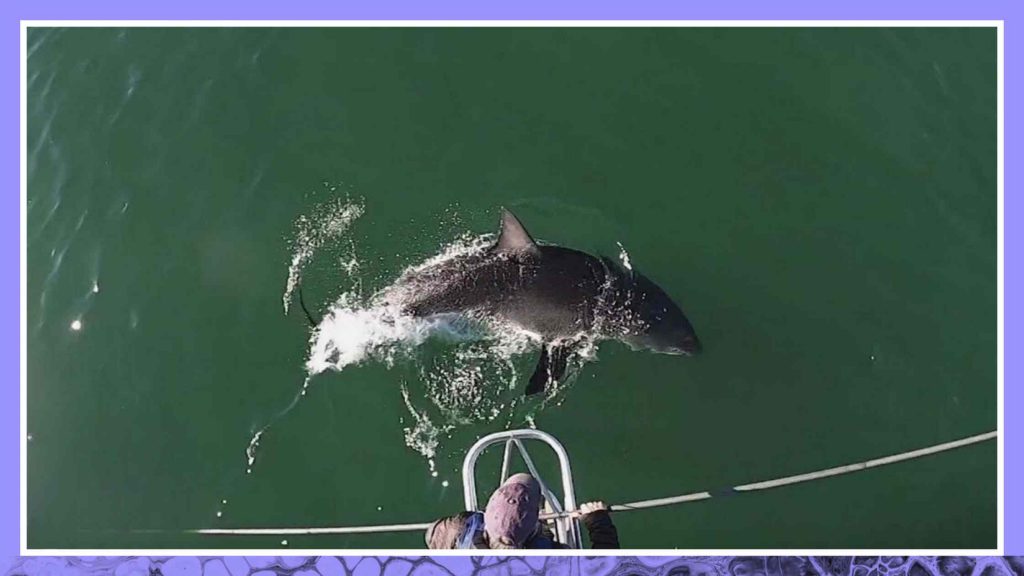Feb 15, 2024
Private Spacecraft Blasts Off to Attempt First U.S. Moon Landing in 52 Years Transcript

A privately-owned spacecraft headed for the Moon has blasted off from Cape Canaveral, Florida. Read the transcript here.
Transcribe Your Own Content
Try Rev and save time transcribing, captioning, and subtitling.
I am one and Odysseus lunar lander.
Speaker 2 (00:11):
Vehicle pitching down range.
Speaker 3 (00:12):
Stage one propulsion is nominal.
Speaker 4 (00:13):
Well, this privately owned Nova-C lander is carrying NASA instruments to study precision landing, space weather, and other phenomena on the lunar surface. If touchdown is successful, it will be the first American moon landing in more than 50 years. Well, let’s speak to our science correspondent, Jonathan Amos, who’s joining us from Cardiff. Thank you so much for your time. Now, could you put this into perspective for us because this is going to be potentially historic on different levels.
Jonathan Amos (00:41):
Yeah, we hope so. It’s going to be, if it succeeds, the first American private mission to touch the surface softly ever. And it would also be the first American mission to touch down softly since the Apollo era, in fact, since 1972. So those are the two marks that it’s trying to reach. You’ll recall just a few weeks ago we had another American company called Astrobotic with their Peregrine lander that tried to do the same, and it didn’t get very far at all actually. Just after it left Earth, it ran into difficulties. So far, so good for this new mission. And then we’ll find out next week on the 22nd whether or not they can achieve those two historic firsts.
Speaker 4 (01:25):
And in terms of the mission itself, what is it trying to accomplish?
Jonathan Amos (01:30):
Well, principally it’s a technology demonstration mission. So it’s looking to develop the precise navigation technologies that will allow a spacecraft to put down not just within a few kilometers of where you’d like to be, but within meters of where you’d like to be. So later this decade, NASA, the US Space Agency has said it wants to put people back on the surface of the moon. It wants to repeat Apollo, but to do it in a more sustainable way. But if we’re going to do that and we’re going to stay on the surface for days at a time, weeks at a time, then we want to be able to put a spacecraft down very precisely indeed. You don’t have to want to walk to or even get in a little buggy and drive some way to go and pick up the supplies that you need. You need them to land very close to you. So those technologies need to be developed in the coming years so that we can do the moon with people again in a better way than we did it 50 years ago.
Speaker 4 (02:29):
It’s no easy task though, is it? Even this mission here, this wasn’t the first attempt to get a successful liftoff.
Jonathan Amos (02:36):
Yeah, it’s hard to land on the moon. About half of all attempts that have tried have failed. It’s one of those things. There’s no GPS at the moon. You have to use other technologies to see where you are in space, to reckon where the craters are, and to find a very safe place to put down. And then you have to come in with thrusters. There’s no air on the moon. You can’t use parachutes to slow your descent. And so it’s all pinpoint stuff. And your computers have to work very well indeed, otherwise you just smash into the surface.
Speaker 4 (03:09):
And there are hopes for frozen water. What would that actually represent?
Jonathan Amos (03:15):
Well, if we’re going to go back in a sustainable way and we want to live there for weeks on end, then we want the resources at hand to be able to do that. Now, in the past, the Apollo astronauts took all of their water with them. If there is a resource there that they can mined and we think that there are shadowed places on the lunar south pole where it is permanently dark, there may well be ices that they can drill in to melt, use for drinking, sanitation, but also for rocket fuel as well. So that’s the great goal. And we’ll find out with this stream of robotic missions that are coming up this year and in the following years as to whether that is a good idea or not.
Speaker 4 (04:01):
All right. Thank you so much for that. And of course that’s one that we are going to keep watching closely.
Transcribe Your Own Content
Try Rev and save time transcribing, captioning, and subtitling.






